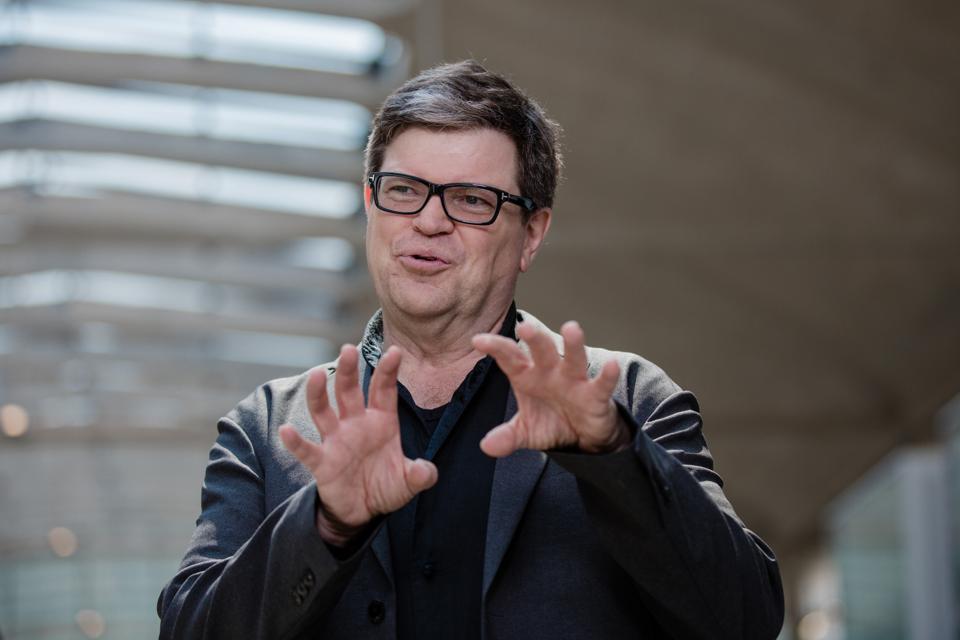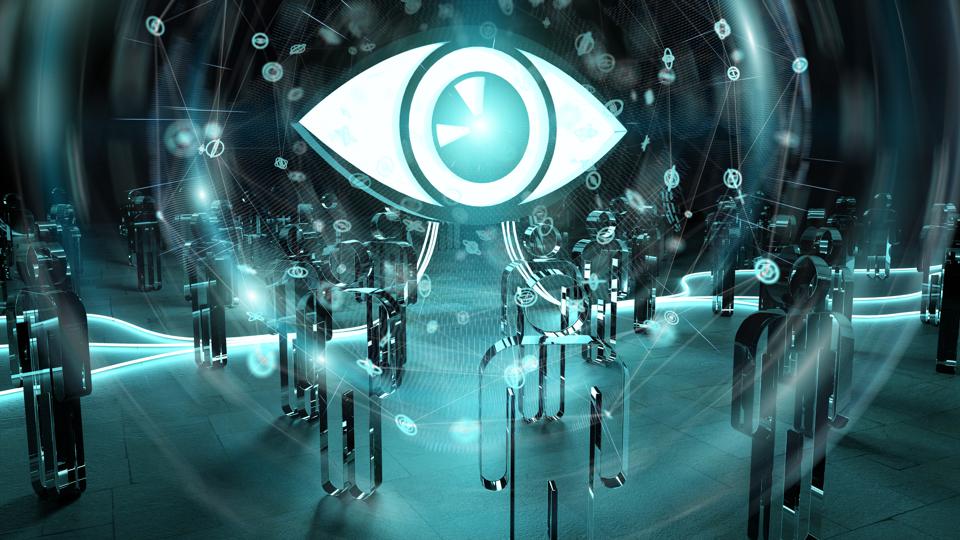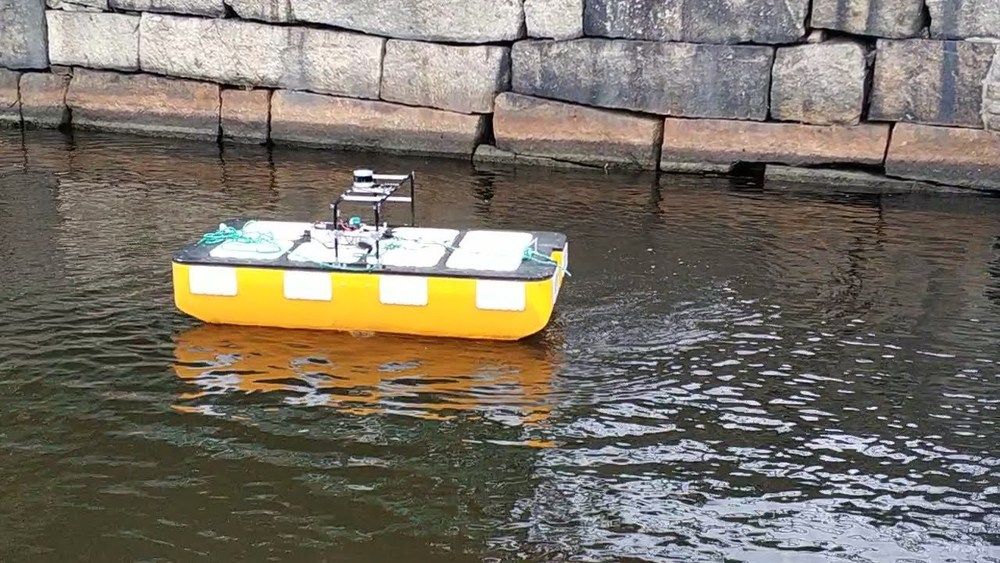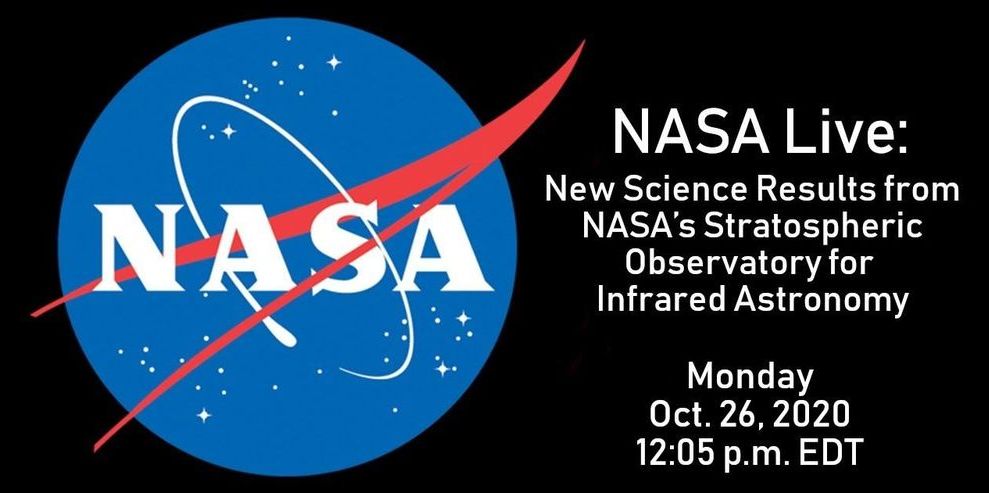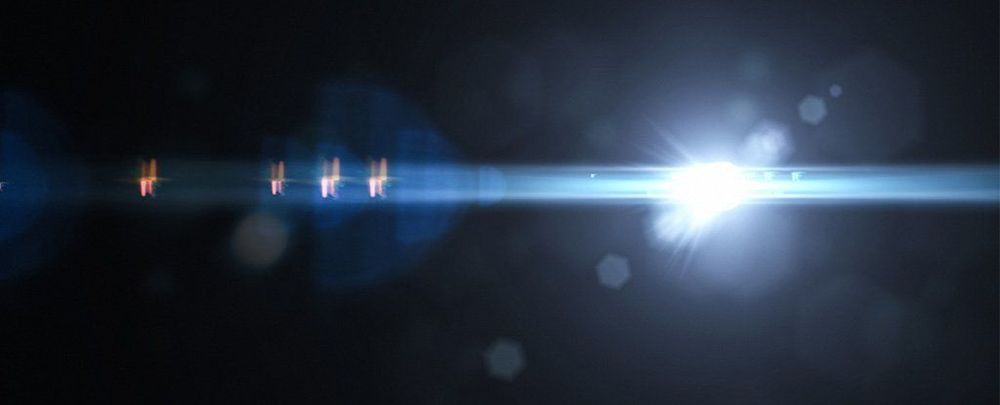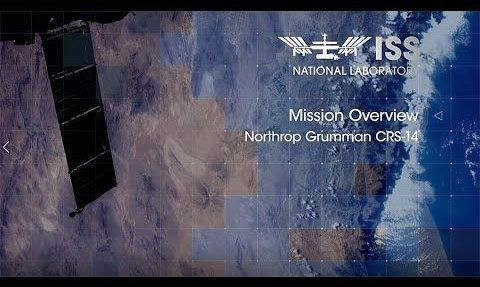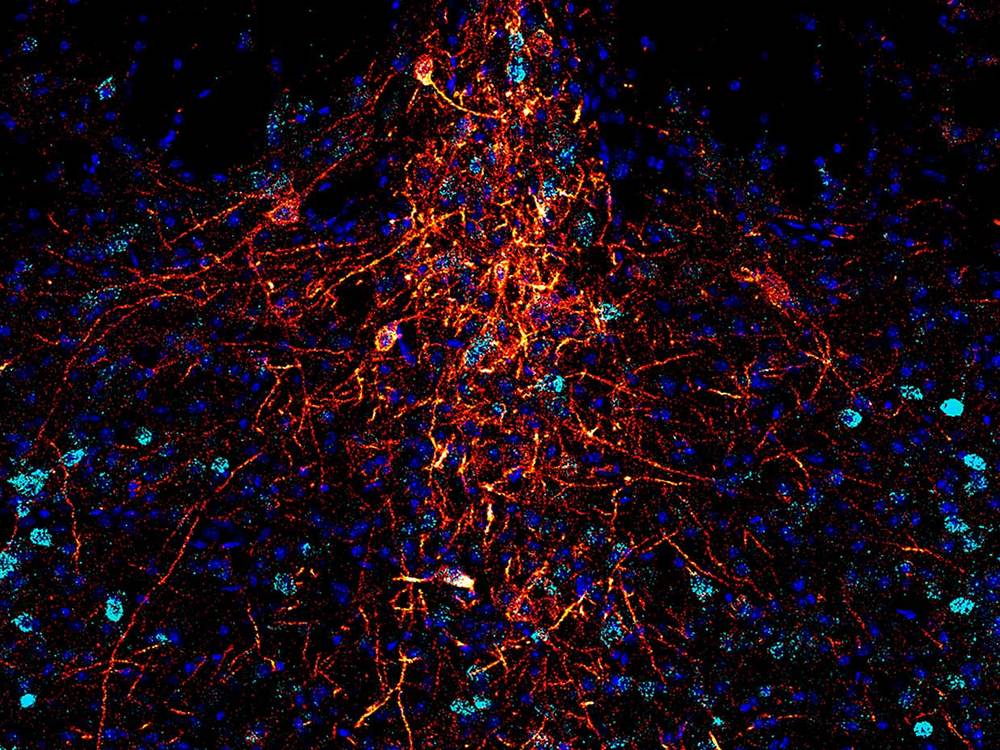“What will the next generation of artificial intelligence look like? Which novel AI approaches will unlock currently unimaginable possibilities in technology and business? This article highlights three emerging areas within AI that are poised to redefine the field—and society—in the years ahead. Study up now.”
Full Story:
If anything, this breakneck pace is only accelerating. Five years from now, the field of AI will look very different than it does today. Methods that are currently considered cutting-edge will have become outdated; methods that today are nascent or on the fringes will be mainstream.
What will the next generation of artificial intelligence look like? Which novel AI approaches will unlock currently unimaginable possibilities in technology and business? This article highlights three emerging areas within AI that are poised to redefine the field—and society—in the years ahead. Study up now.
